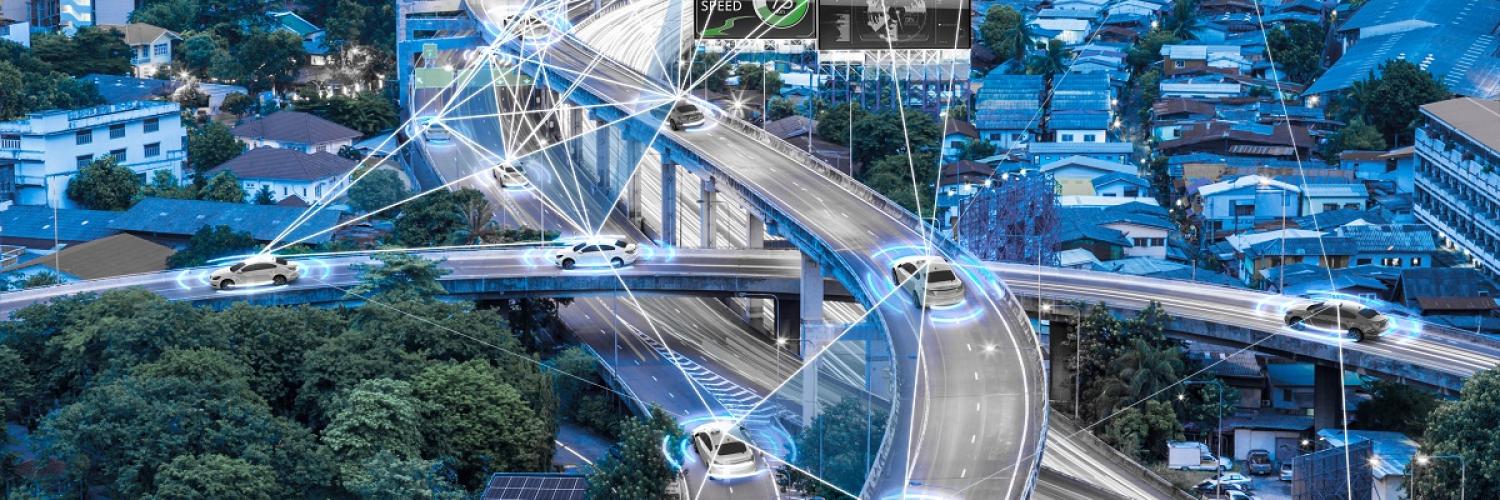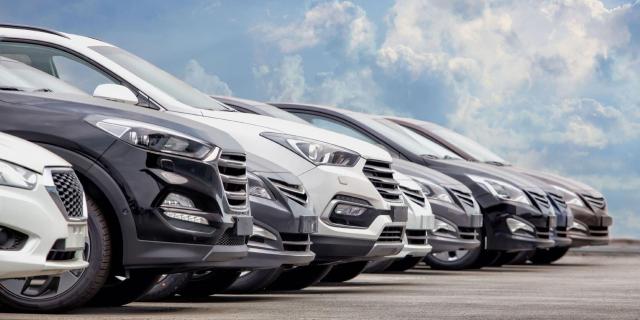Les données sont au cœur de nos vies et de nos activités, et le secteur de la mobilité ne fait pas exception.
Si la protection de la vie privée et la protection numérique suscitent encore quelques inquiétudes, le partage des données entre les utilisateurs, les autorités publiques et les organisations liées à la mobilité semble présenter des avantages infinis.
L'ouverture des données est essentielle pour résoudre des problèmes importants liés à l'urbanisme, à la sécurité routière et à l'efficacité des entreprises, et constitue un facteur important pour offrir aux utilisateurs une expérience de mobilité sans faille.
Associée à l'application V2X, l'utilisation des informations numériques provenant des utilisateurs de la mobilité et des capteurs des véhicules devient progressivement un élément indispensable à la réussite des entreprises et des villes durables de demain.
En savoir plus, lisez ci-dessous (uniquement en anglais).
The future of data and V2X
Data is core to our lives and businesses, and the mobility industry is not an exception.
Today, reassured by advanced European data law protection, mobility users feel more comfortable in sharing part of their data in order to receive more personalised services.
Fleet optimisation, logistics, safety enhancements, sustainability initiatives, traffic and city management - all of these now depend on copious amounts of data.
Collecting large amounts of digital information is easier and much less expensive, thanks to the cloud. But the most important part is how this data is then used.
TomTom, a European company well known for its work in location and navigation, has collected decades-worth of location information.
Initially relying on their popular satellite navigation systems, the company now gathers location data from smartphone apps, specific devices in the vehicle and even directly from car dashboards, thanks to automaker partnerships.
Data captured from any journey represents interesting input for Traffic Management as a Service platforms, or TMaaS. These tools help local public authorities to improve traffic with a flexible, fast and asset-light solution.
Cities like Helsinki, Ghent and even the state of Tennessee, are solving issues related to traffic, maintenance and safety.
Not only can data and mapping providers draw maps, show traffic speeds and congestion along driver-preferred routes and popular destinations, they can also calculate where people are most likely to see advertising – a valuable insight for ad agencies.
Data collection partnerships with automakers is an opportunity for leasing companies, resulting in new data monetisation opportunities for car manufacturers. These new services will bring more satisfaction to end customers but also to drivers.
In the future, users will be able to obtain the consolidated data collected by the leasing companies and OEMs, respecting, of course, all applicable regulations, such as GDPR and others.
For fleet managers, data is key to solving the difficult challenge of optimising a mix of vehicles and transport modes, while meeting social, economic and environmental targets.
With in-depth data on vehicle usage, many fleet managers have optimised the reallocation of the vehicles, increased the efficiency of the fleet as a whole and reorganised the energy mix in their portfolio.
Along with a more efficient energy-mix, vehicle data can even support countries in their clean energy transition.
There is even more information that a car and a driver, equipped with appropriate sensors and other equipment, can provide. Thanks to this extended set of data, local public authorities have new opportunities to improve road networks.
Road conditions, weather, and driving style can enhance predictive maintenance. Each of these may have an impact on tyres, batteries and brakes, as well as the status of the oil in a conventional engine.
Some fleet managers may need to convince people to share data, but there are some benefits to the individual as well: accountability and road safety are among them.
Drivers can feel empowered to know how many litres of fuel, or kilowatts of charge they can save with smoother acceleration.
Data collected outside of our vehicles and from other forms of mobility, such as scooters and bikes, also represent new sources of insights for fleet managers and cities.
For example, cell phone data, information about garbage collection and live bus tracking, can all be used to help manage traffic, plan road maintenance and so on.
Furthermore, as multimodal mobility solution usage develops, data coming from users will become more valuable than data coming from the vehicle.
Companies like Waze combine historical and real-time data to provide guidance and insights for drivers, fleet managers, and other stakeholders.
Open data shared via API between mobility operators, users and public authorities, is key to improving air quality, congestion, road safety and urban planning.
With an open and shared digital information flow, MaaS (Mobility as a Service) could propose seamless experiences with multimodal trips, and cities could find a precious ally to better develop their infrastructure.
Despite some mobility providers’, users’ and employers’ doubts about the sharing of data, The Internet of Things (IoT) represents a vast source of helpful information, as each component, inside and outside of a vehicle, is connected.
What may sound close to sentient AI, is actually a tangible result of a car being a data centre on wheels, equipped with cameras and sensors to "see" the world, and the computing power to "understand" it.
More importantly, the vehicle could communicate with other devices around it, by way of Vehicle to Everything, or V2X, applications.
Vehicle to Vehicle (V2V) and Vehicle to Infrastructure (V2I) communication protocols have started to be introduced by various car manufacturers.
Think of traffic lights that prepare for vehicles coming toward an intersection, or variable speed limit areas displaying the optimal speed to travel, based on congestion, pedestrian traffic, or local air quality.
Interconnected systems will be telling drivers which streets to avoid due to garbage collection or a school bus pickup - all in real-time.
V2X has enormous potential. With the right data collection points, high-speed vehicles will become safer, seeing and predicting things the driver has no way to observe; alerting a car going around bends will not be science fiction anymore.
People have done great things with just a decade of location information; it is incredible to imagine what will come next.
Vous voulez lire d'autres nouvelles d'Arval Mobility Observatory ?
Vous pouvez trouver leur newsroom ici.




